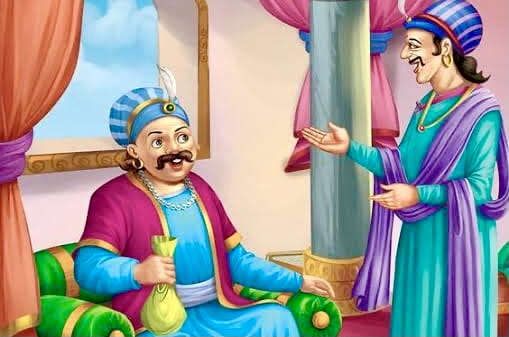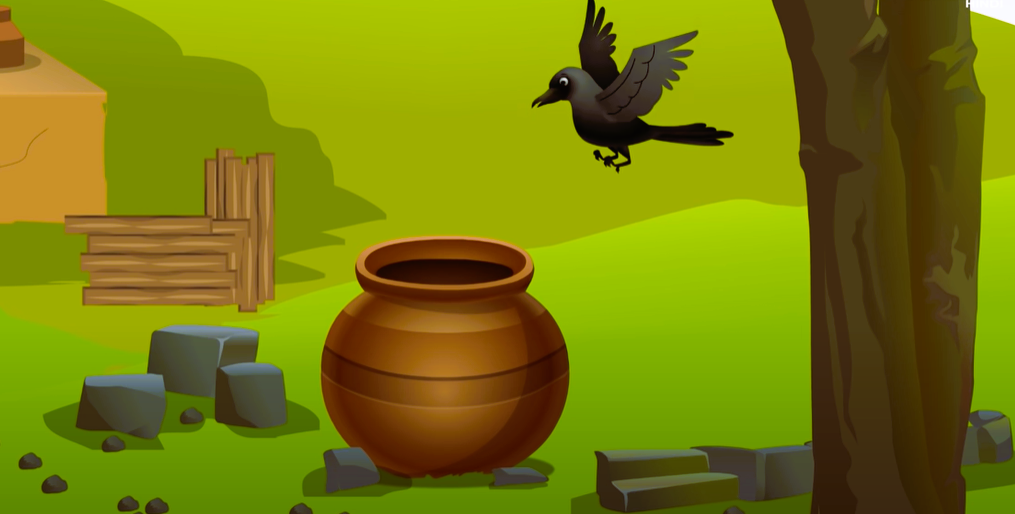"Parle-G: India's Timeless Biscuit Triumph - A Journey of Resilience and Success"
Parle-G, an iconic biscuit brand owned by Parle Products Private Limited, has etched its name in history as the most widely selling biscuit in India. In 2011, a survey revealed its unprecedented success, a testament to its popularity among consumers. The brand's proud moment came in 2020 during the lockdown, where Parle-G claimed the highest sales, showcasing its resilience even in challenging times.
The roots of Parle-G trace back to the Chauhan family, the founders of Parle Products, who keenly understood the Indian palate. Recognizing the post-British era's advertising importance, they strategically positioned Parle-G, laying the foundation for its future success. The brand's journey reflects the evolution of the Indian biscuit industry.
Despite being one of India's oldest biscuit brands, Parle-G continues to dominate the market globally. Remarkably, the company has refrained from increasing the biscuit's price for 25 years, defying market trends. Attempts to raise prices resulted in public protests, emphasizing the brand's deep connection with consumers.
In 2013, Parle-G contributed a substantial turnover of over 5000 crores, a figure that soared to a staggering 8000 crores during the 2018-20 period. The question arises: how did the company achieve such remarkable growth while maintaining a consistent biscuit price?
This success can be attributed to Parle-G's ability to resonate with consumers, embodying a blend of tradition and affordability. The brand's unwavering commitment to keeping prices stable has built trust among consumers, contributing to its enduring success. Parle-G's story is a testament to the power of understanding customer needs, effective advertising, and navigating market challenges to emerge as a timeless symbol of success in the Indian biscuit industry.
Parle-G - Founder and History
Parle-G, owned by the Chauhan family and produced by Parle Products, has a rich history dating back to 1929. Originally known as Parle-Glucose, it transitioned to Parle-G in 1980, symbolizing both glucose and genius. The brand, headquartered in Vile Parle, Mumbai, gained popularity through iconic advertisements and is now a global success, reaching markets in the United States, Europe, and Africa.
Parle-G - Logo and Meaning
The iconic Parle-G logo features a young girl, symbolizing the biscuit's suitability for all age groups, especially children. This unchanged logo, portraying authenticity and stability, has become a recognizable symbol of the brand. By maintaining consistency, Parle-G reinforces brand identity and ensures customers easily remember and recognize its products.
Parle-G - Revenue and Growth
Parle-G, known for its iconic low-cost and affordable biscuits, is a staple for many households in India. Priced at 77 rupees per kilogram, it falls under the below 100 'affordable' biscuits category. This affordability has contributed significantly to its popularity, making it a go-to choice for people, especially during challenging times. Parle-G alone generates one-third of the company's revenue, dominating sales with around 50% of the total production. The biscuit became a global phenomenon, recognized as the world's highest-selling biscuit in 2011.
The first factory in Mumbai expanded nationwide, and Parle-G's success led to global exports with manufacturing units in over 7 countries. During the COVID-19 lockdown in 2020, Parle-G witnessed unprecedented sales growth, breaking an 82-year-old record and gaining a 5% market share in the competitive biscuit sector. The brand's affordable 5 Rupee packs played a crucial role in providing relief during the pandemic, distributed by the company and various NGOs. Parle-G's growth during crises, coupled with its consistency in taste and quality, solidifies its position as one of India's oldest and best biscuit brands.
Randeep Hooda’s Plea to Parle – G
Famous Bollywood actor Randeep Hooda, a self-proclaimed chai and Parle-G enthusiast, took to Twitter after the record-breaking sales of Parle-G, urging the company to consider environmentally friendly packaging. Hooda, known for his advocacy for nature conservation, suggested that Parle-G transition from plastic packaging to biodegradable materials. In his tweet, he highlighted the potential reduction in single-use plastic waste if such a shift were made. Hooda's call for sustainability aligns with his previous efforts for environmental causes, presenting a thoughtful suggestion to the popular biscuit brand.
Parle-G - Challenges Faced
In its early days, Parle-G faced challenges during British rule, navigating limited advertising opportunities and the bold move of challenging British-made biscuits. Manual factory setup further added to the struggles. The brand's low-cost margin strategy primarily targets rural populations, relying heavily on local needs for revenue and growth.
Attempts to increase the brand's price led to a significant decrease in volume, highlighting the consumer demand for stable prices. To maintain affordability, Parle-G opts for fixed prices, adjusting net quantity to stabilize costs.
Despite facing competition from various brands offering similar products, Parle-G's identity lies in its unique packaging, taste, and low-cost approach. The market saturation with similar biscuits necessitates differentiation. Parle-G positions itself as a driver product, penetrating the biscuit market with various pack sizes and an efficient distribution network, ensuring widespread availability.
Parle-G - Achievements
Parle-G stands tall as the leading biscuit brand in India, cherished for its affordability and widespread consumption. It made history as the first indigenous biscuit brand to surpass the 5000 crore mark, earning the title of the number one FMCG brand in the country. Recognized for its trustworthiness and consistent quality, Parle-G received the prestigious World Selection Award in 1976 at Geneva for its Parle-Glucose biscuits.
Beyond its domestic success, Parle-G has gained significant recognition in foreign markets, becoming a well-known brand in the United States, parts of Africa, and Europe. From its humble beginnings as a small confectionery, Parle-G has evolved into the largest biscuit producer in India, making it a unique and celebrated success story in the industry.
FAQs
Who owns the brand Parle-G?
Vijay Chauhan and his family own Parle-G.
Who is the founder of Parle-G?
Mohanlal Dayal Chauhan is the founder of this biscuit brand.
Does Parle-G sell anything other than biscuits?
Parle-G is a brand of biscuits manufactured by Parle Products. Parle wholesales a variety of food products.
When was Parle G biscuit established?
Parle-G was established in 1939.
What were the problems faced by Parle G?
But after the government introduced the GST, all biscuits were brought under the 18% tax structure, forcing companies to increase prices which affected sales. Parle, too, had increased prices by about 5%, which led to sales declining significantly.
Which is No 1 biscuit in world?
As the world's leading biscuit brand, Parle-G has become more than just a product; it represents cherished memories and a taste that transcends generations.
Who is CEO of Parle G?
Vijay Chauhan cuurently looks after the affair of Parle, best known for its popular glucose biscuit, Parle G. The jouney that started in 1928, today has reached every household of India. In 2021, the company diversified its product range by introducing cereals and flour.
What is the full form of Parle-G?
Parle-G biscuits were earlier called 'Parle Gluco' Biscuits until the 1980s. The "G" in the name Parle-G originally stood for "Glucose", though a later brand slogan also stated "G for Genius".
Why is Parle-G company closed?
Parle-G, which started as Parle Gluco in 1939, is world's largest selling biscuit brand. The decision to shut its Vile Parle factory in Mumbai comes after the company's owner Vijay Chauhan decided to shutter the unit. There was a gradual decline in the production capacity of the local factory since the last few years.
Why Parle-G is still famous?
Parle-G remains its bestseller though and according to the company, it is the largest-selling biscuit in the world. Parle has 130 factories in the country and 400 million Parle-G biscuits are baked every day. According to the BBC, it is available in 100 countries and 4,500 biscuits are consumed every second.
Why is it called Parle?
Interestingly, it is believed that the founders were so busy managing the factory that they forgot to name it. So, with time, the first Indian owned confectionery brand in the country came to be known after its place of birth- Parle.
***********************************************************************************
यदि Detail में पढ़ना चाहते है तो इस Book को यहां से खरीद सकते है।
Buy Book Amazon Link - https://amzn.to/49ef0BY
*******************************************************
****************************************************************
संसार में सबसे बड़ी चीज: अकबर-बीरबल की कहानी - Akbar Birbal Story Biggest Thing
जोरू का गुलाम: अकबर-बीरबल की कहानी Akbar Birbal Story Joru ka Gulam
मुर्गी पहले आई या अंडा: अकबर-बीरबल की दिलचस्प कहानी Akbar Birbal Story Egg or Cock
हरे घोड़े की कहानी: Akbar Birbal Story Green Horse
प्यासा कौआ - Ek Pyase Kauve Ki Kahani (2nd Version)
क्या लड़कियों को स्वतंत्रता देनी चाहिए? Empowering Girls
हर महीने 1 करोड़ रुपए कैसे कमा सकते हैं? How to Earn 1 Crore Monthly
कर्ण और दुर्योधन की मित्रता | Duryodhan Karan Ki Mitrata
क्यों मनाते हैं वैलेंटाइन डे? Reasons and Valentine Tips




.png)









Post a Comment
0Comments